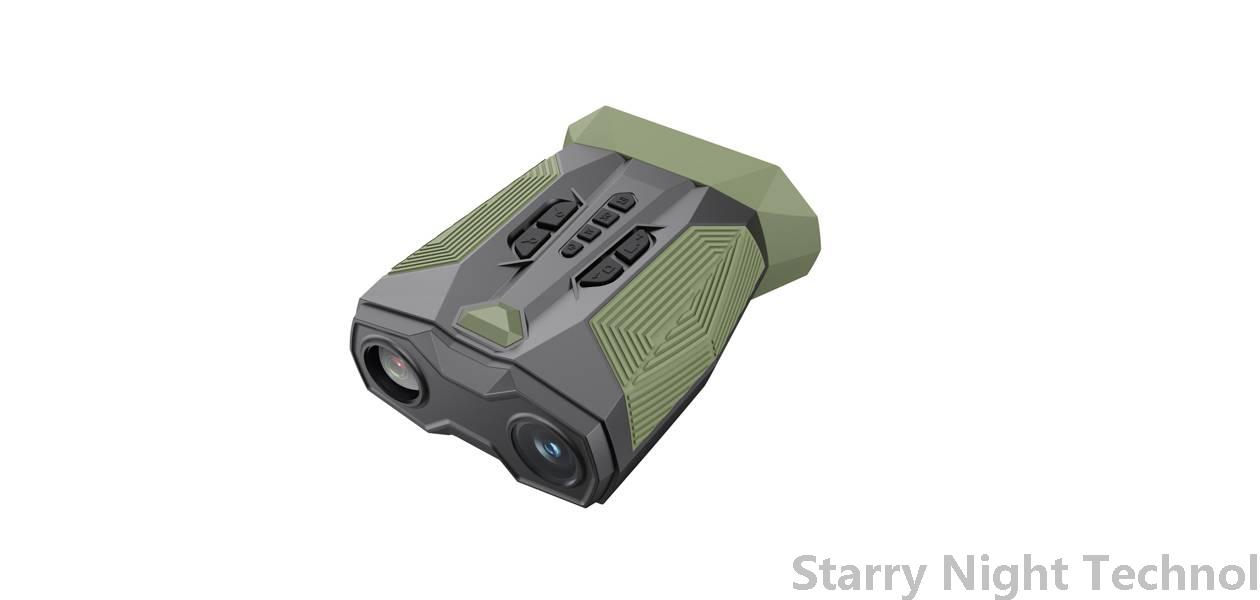The Protector of Covert Surveillance: Sentinel of the Shadows
1754809223000

In an age defined by touch screens and connectivity, where privacy seems to be dwindling in favor of convenience, one figure looms large within the ecosystem of security—an enigmatic guardian often referred to as the "Sentinel of the Shadows." This sentinel is not a singular entity but rather represents the intricate web of individuals, technologies, and ethical considerations that underpin covert surveillance operations. As we delve into this multifaceted world, we can unravel what it means to protect democracy and civil liberties in a landscape fraught with complexities.
### The Rise of Covert Surveillance
As technology advances at breakneck speed, so too does the sophistication of surveillance tools. CCTV cameras dot urban landscapes while drones fly silently above; both serve as eyes ever vigilant against threats ranging from petty crimes to national terrorism. However, these advancements also usher in significant challenges. Privacy concerns escalate as citizens become more aware of how their actions are monitored. Enter the realm of covert surveillance—a methodology that seeks to ensure safety while dodging the scrutiny of transparent awareness.
Historically rooted in espionage and intelligence gathering, covert surveillance has evolved significantly since the Cold War era. Techniques have transitioned from human operatives observing targets through windows and eavesdropping on phone conversations to advanced digital tactics involving algorithms, social media analysis, and location tracking via smartphones. The face of modern surveillance has shifted dramatically, creating a need for a new type of protector—one that operates in shadows yet serves humanity's best interests.
### The Role of the Sentinel
The role of the Sentinel of the Shadows is inherently dual-faced; it involves protecting both those under surveillance and the integrity of democratic processes themselves. On a micro level, Sentinels operate at institutional levels like law enforcement agencies or special forces tasked with identifying potential threats without infringing upon individual rights. They embody discretion, using tools designed to gather intel without being obtrusive, thereby maintaining the fine balance between protection and intrusion.
On a macro level, the Sentinel becomes an advocate for regulating such practices, ensuring that legislation surrounding surveillance remains responsive to evolving technologies and societal expectations. In an ideal scenario, the Sentinel helps craft policies that encourage transparency, due process, and accountability in surveillance efforts.
Ethical dilemmas frequently arise when discussing such roles. Implementing effective oversight mechanisms ensures misuse can be curbed, aligning state powers with respect for personal freedoms. For every technological advancement enabling better monitoring comes an implicit responsibility—the duty to avoid authoritarian abuse and degradation of trust.
### Tools of the Trade
Covert surveillance employs a multitude of inventive techniques and tools that range from commonplace to cutting-edge. Traditional methods include physical observation and foot reconnaissance. However, the advent of technology has spawned new capabilities previously unimaginable:
 - **Facial Recognition Technology:** Efforts to enhance public safety often involve facial recognition systems integrated into existing surveillance frameworks. While providing benefits in quickly identifying suspects, these systems raise alarms about consent, bias, and wrongful identification.
- **Facial Recognition Technology:** Efforts to enhance public safety often involve facial recognition systems integrated into existing surveillance frameworks. While providing benefits in quickly identifying suspects, these systems raise alarms about consent, bias, and wrongful identification.- **Drones and UAVs:** Drones enable real-time aerial monitoring over vast areas with minimal risk to personnel. They can capture images or videos, track movements discreetly, and intercept communication through advanced signal processing equipment.
- **Cyber Intelligence Gathering:** Cybersecurity has entered the fray, representing a growing domain within covert surveillance strategies. Monitoring online behavior combats cybercrime and protects national security but simultaneously presents risks to user privacy.
### Navigating Ethical Waters
While there are substantial benefits to employing surveillance for safety assurances, Sentinels must grapple with ethical questions that accompany such measures. A critical concern surrounds mass surveillance and its effects on civil liberties. Programs functioning without appropriate checks may result in discrimination against marginalized communities or unjust profiling based on race, religion, or political affiliations.
International guidelines emphasize the necessity of accountability and adherence to international human rights laws governing surveillance. These institutes advocate for defining specific parameters dictating when surveillance should occur, who it should target, and which oversight bodies will hold entities accountable for misuse.
### Preparing for the Future
Surveillance modalities continue to evolve and adapt alongside technological innovations, thus shaping the very nature of life in society. The future promises even more sophisticated applications utilizing artificial intelligence, virtual reality interfaces, and quantum computing.
For the Sentinel of the Shadows, preparing for an unpredictable terrain emphasizes ongoing dialogues among legal experts, ethicists, technologists, activists, and policymakers. Embracing transparency combined with vigilance could cultivate environments wherein information-sharing networks empower citizens, thereby preserving freedom while enhancing collective safety.
Ultimately, the effectiveness of the Sentinel hinges upon balanced perspectives regarding security and liberty. After all, behind each tool lies a wielder capable of either safeguarding lives or inciting distrust. It is our shared responsibility to ensure the guardian thrives if working toward a stronger, more secure society.
night vision deviceStarry Night Technol

